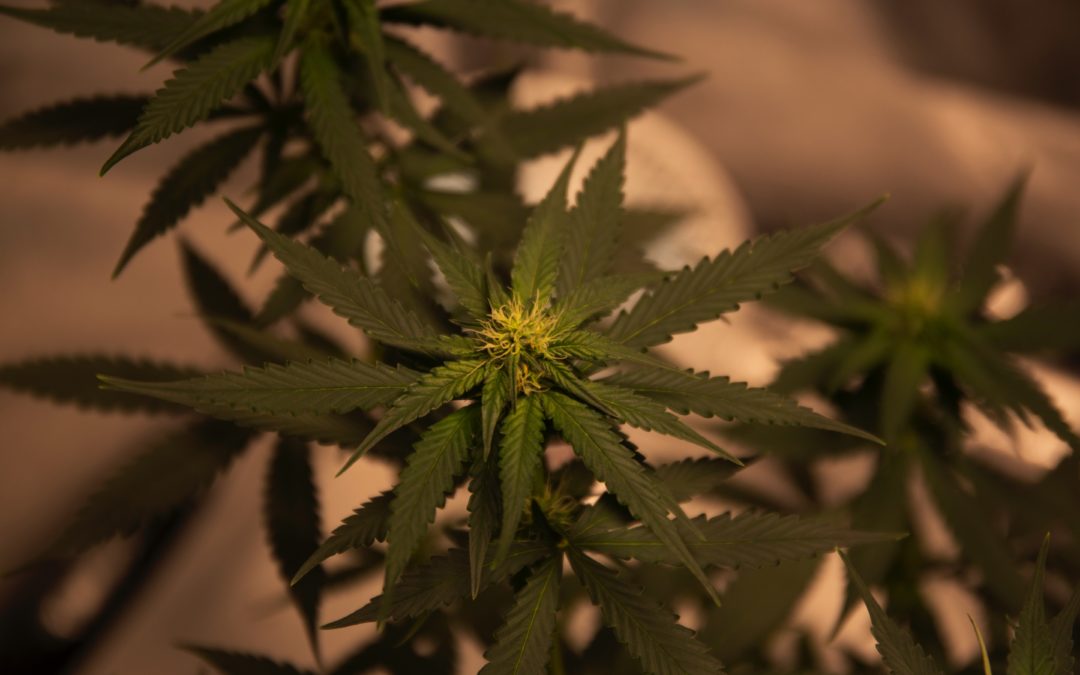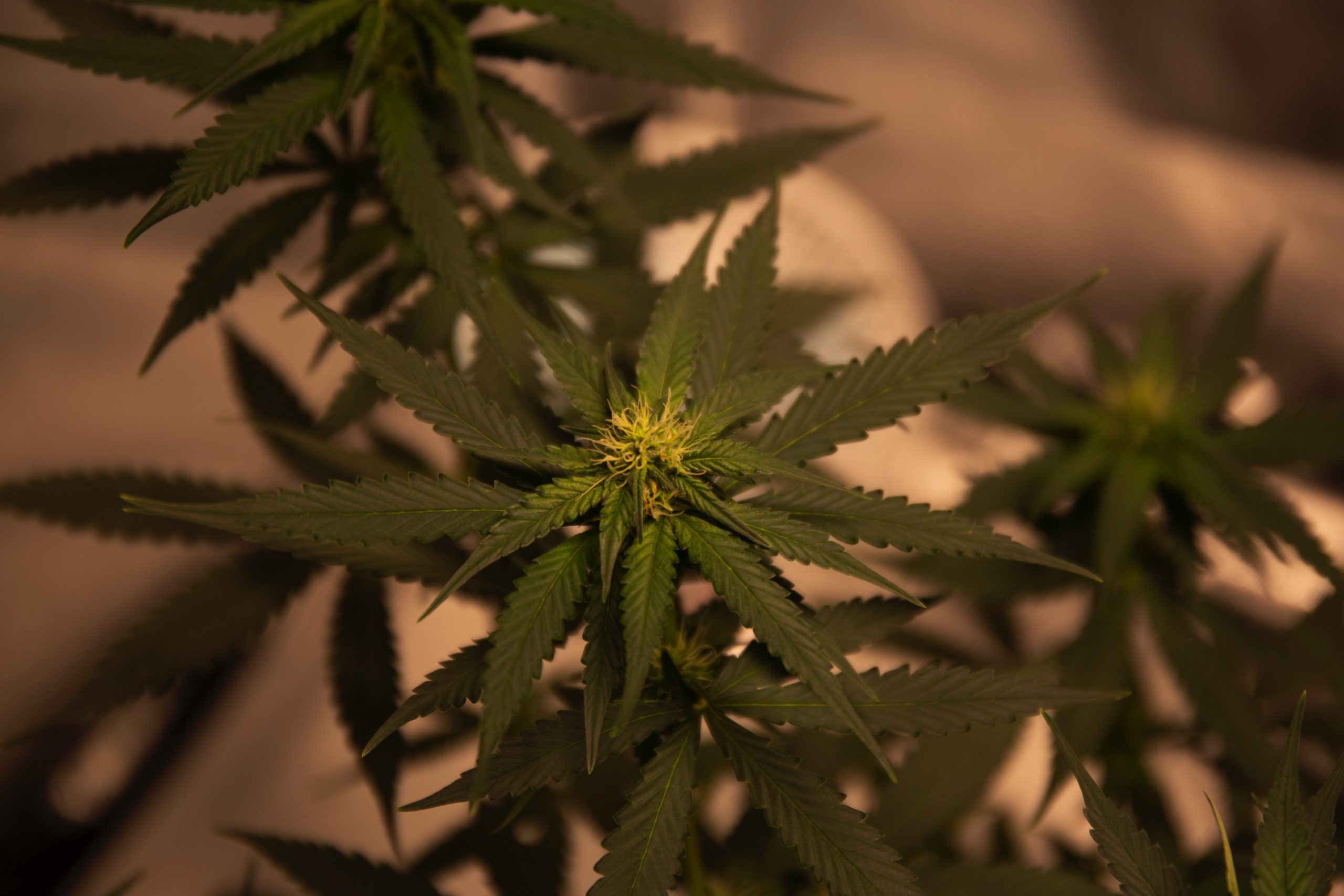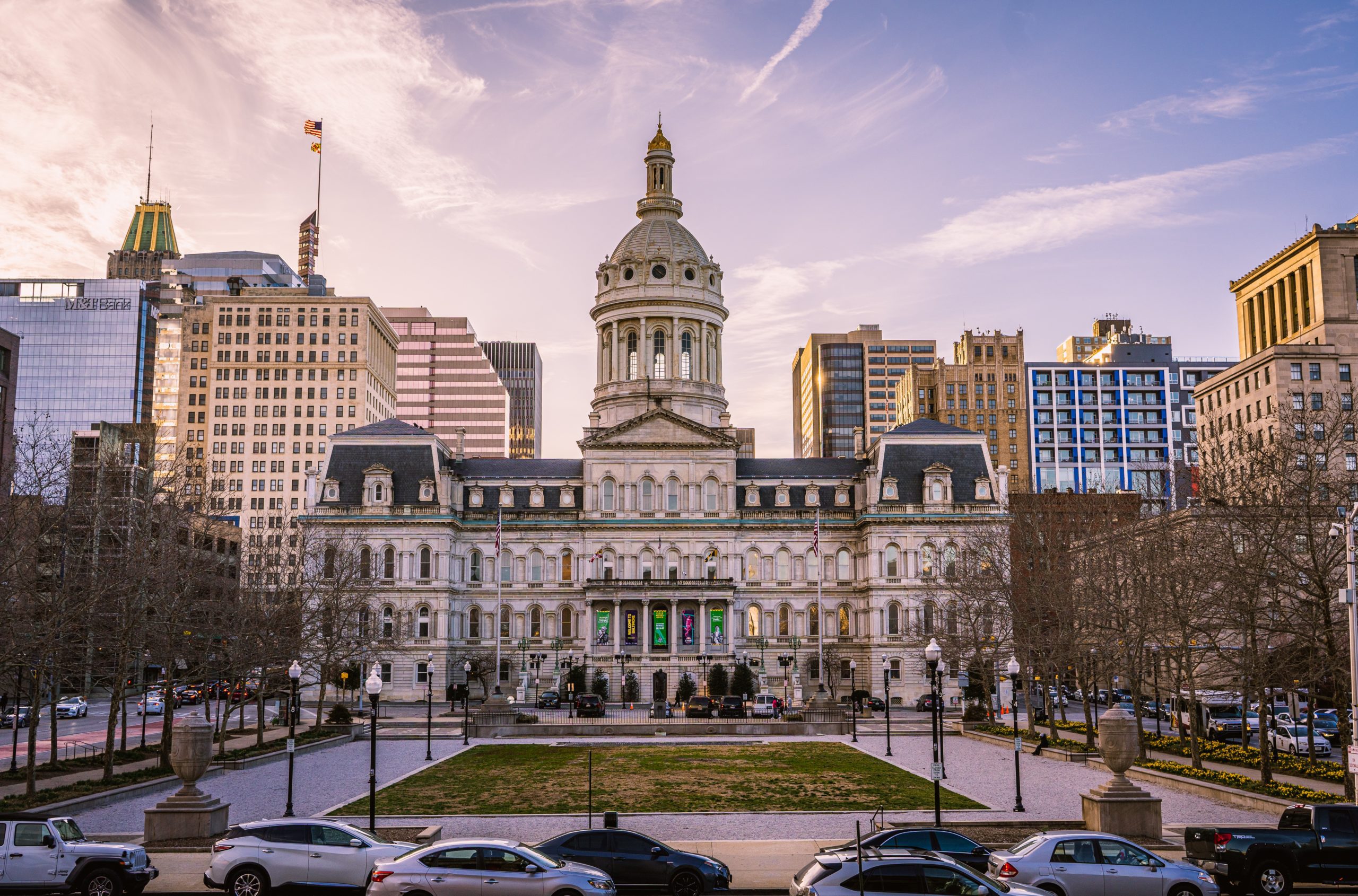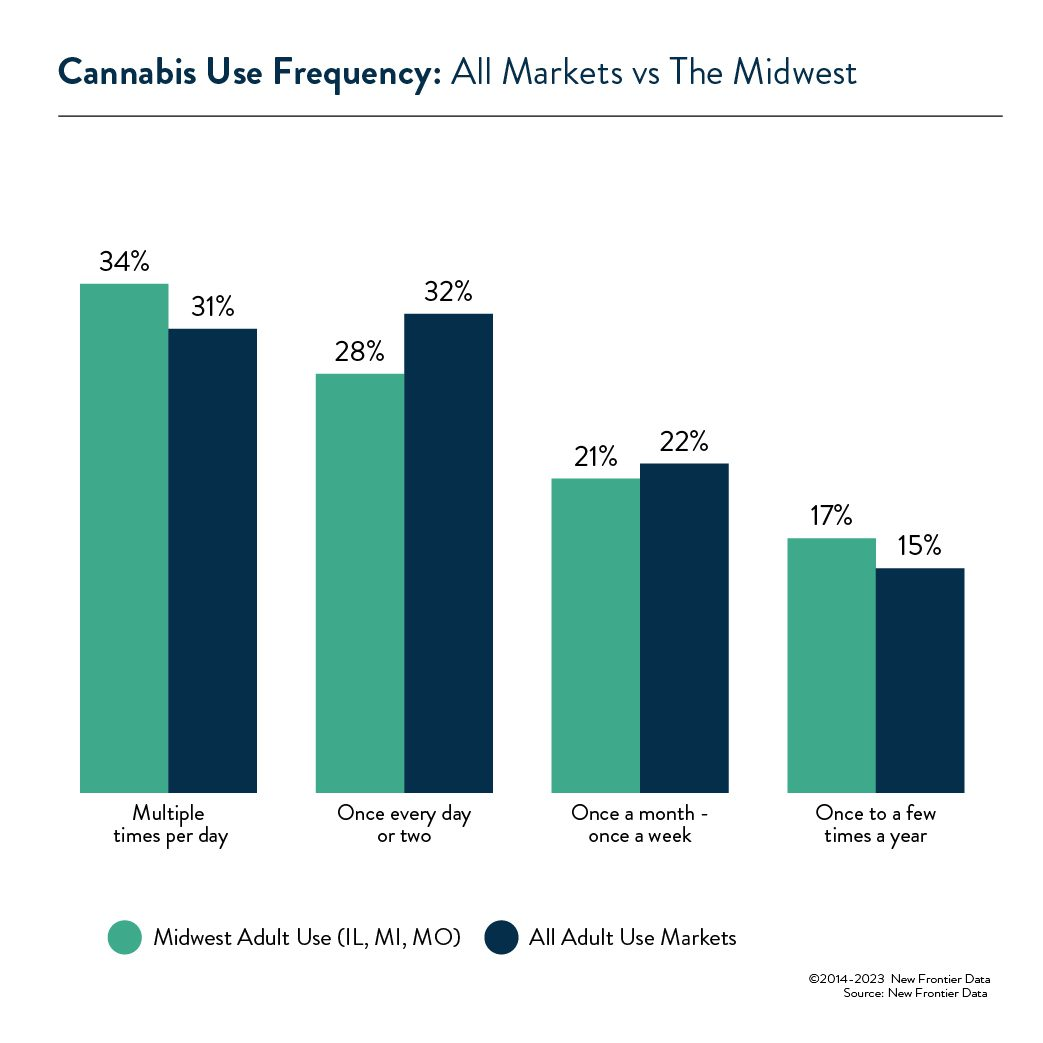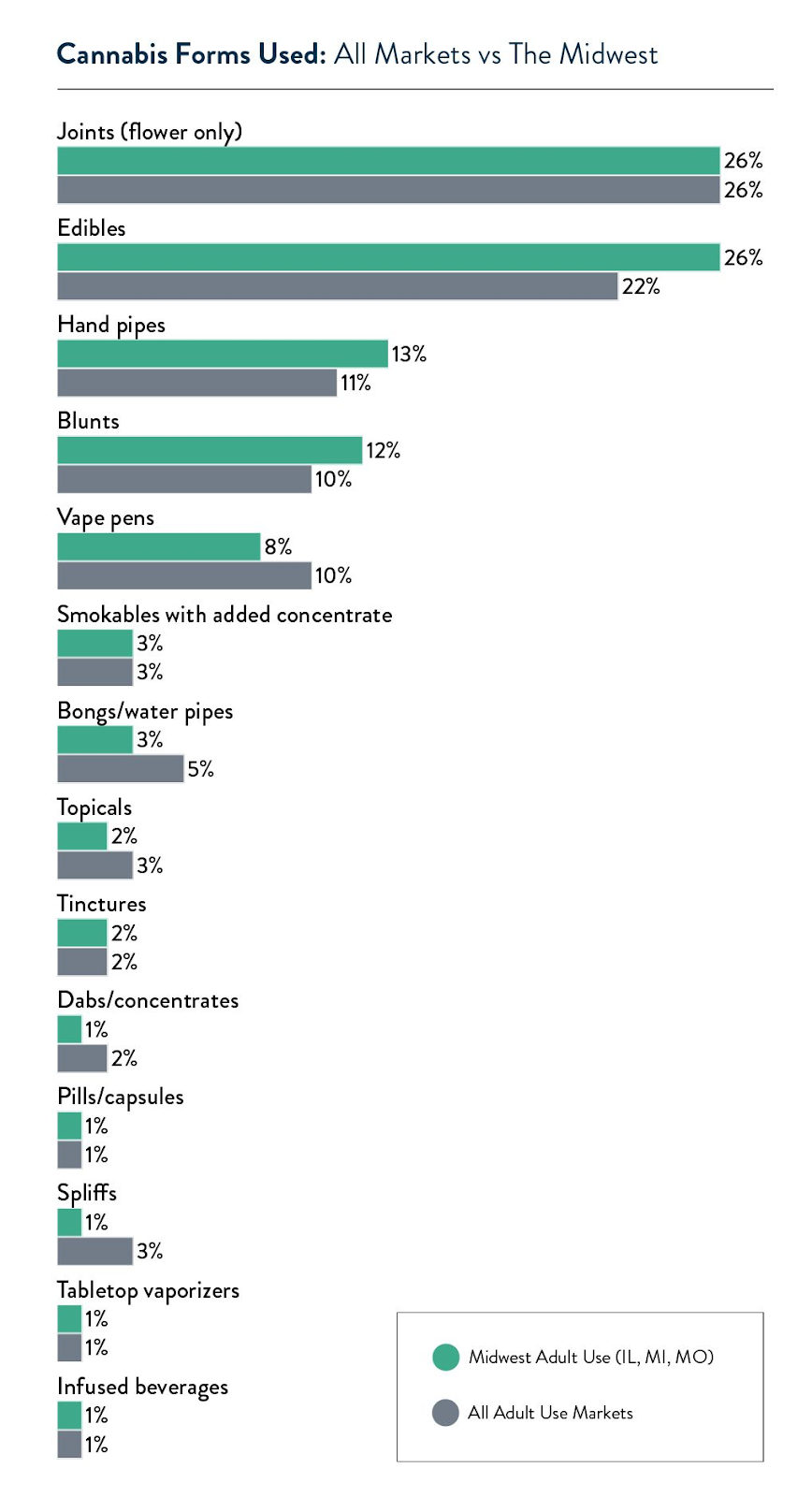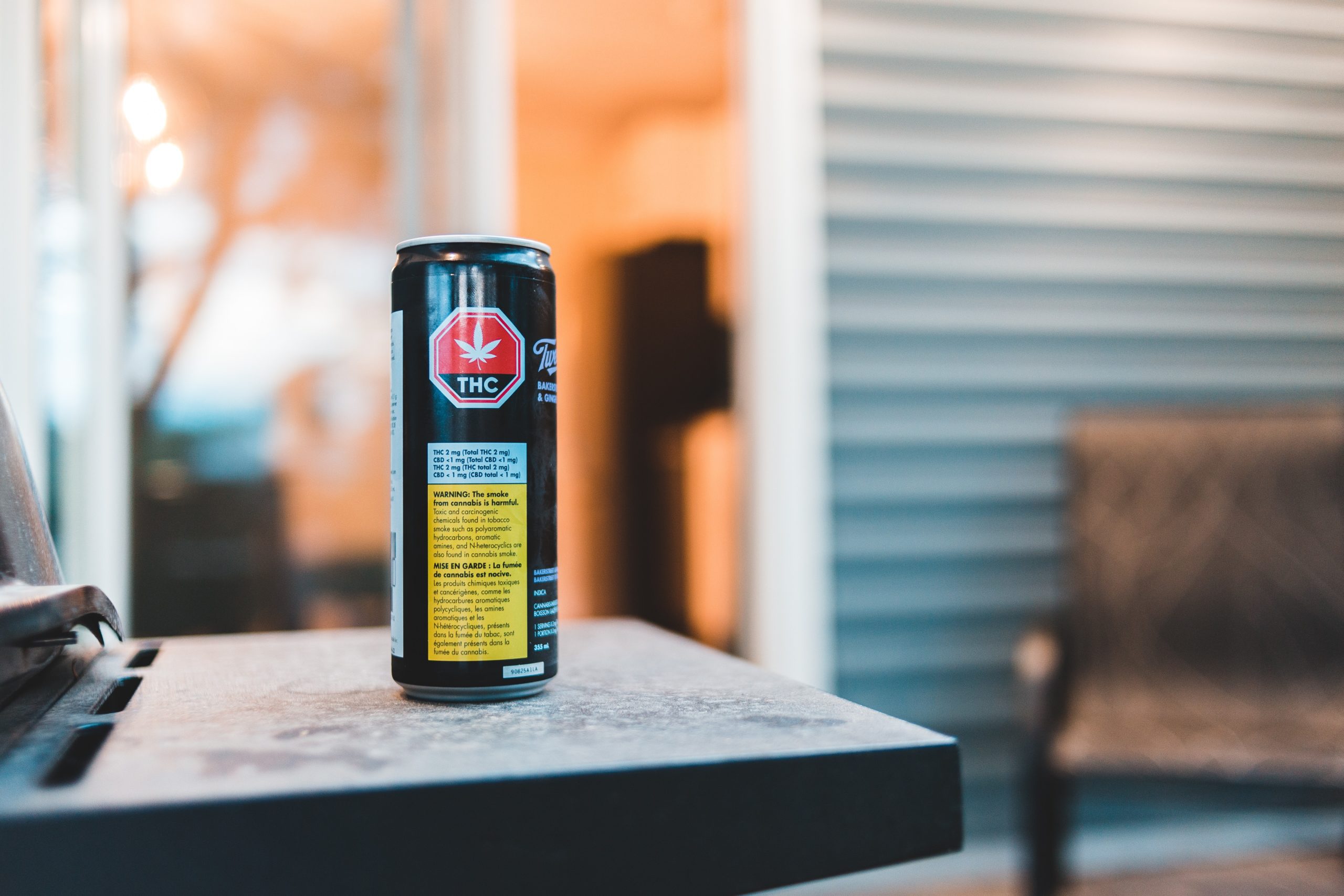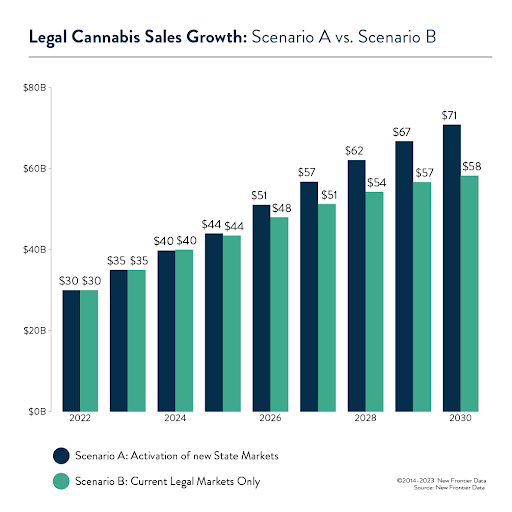
Cannabis-Infused Cocktails: A Guide to Mixing Cannabis and Spirits

California has long been at the forefront of cannabis legalization and innovation. With the recent legalization of recreational cannabis in the state, a fascinating trend has emerged – the rise of cannabis-infused cocktails. These delightful concoctions, often referred to as “pot-tails” or “weed-tinis,” offer an exciting way to blend the worlds of cannabis and spirits. In this guide, we’ll delve deeper into the world of cannabis-infused cocktails, exploring the methods, safety precautions, and even sharing some mouthwatering recipes for you to try at home.
Cannabis-Infused Cocktails: An Introduction
Cannabis-infused cocktails are the epitome of California’s progressive approach to both cannabis and mixology. These libations are not just drinks; they’re an experience, combining the euphoria of cannabis with the sociability of cocktails. But before we dive into the recipes, let’s take a moment to understand what cannabis-infused cocktails are and why they’ve gained such popularity.
Imagine sipping a beautifully crafted cocktail while feeling the gentle embrace of cannabis slowly wash over you. That’s the magic of pot-tails. Cannabis can be incorporated into these cocktails in various forms, such as tinctures, oils, or butter. The effects usually kick in within 30 minutes to an hour, depending on the dosage and your individual tolerance.
These cocktails offer a unique and exciting way to explore new flavors and sensations. However, it’s crucial to approach them with caution, as combining cannabis and alcohol can have risks, including impaired coordination, slowed reaction time, and an increased heart rate.
Mixing Cannabis and Spirits: The Art and Science
Now, let’s get down to the nitty-gritty of crafting your own cannabis-infused cocktails. There are several methods, but we’ll focus on two popular ones: using tinctures and cannabis-infused oil or butter.
- Tinctures: Tinctures are concentrated liquid extracts of cannabis. You can add them directly to your cocktail or use them to make a cannabis-infused simple syrup. To create the syrup, combine equal parts sugar and water in a saucepan and heat until the sugar dissolves. Then, add your desired amount of tincture and stir until well combined. This infused syrup can sweeten any cocktail, adding a delightful cannabis twist.
- Cannabis-Infused Oil or Butter: For a richer, more complex flavor profile, you can make your own cannabis-infused oil or butter. Start by heating the oil or butter in a saucepan over low heat and adding decarboxylated cannabis. Let the mixture simmer for a few hours, stirring occasionally, before straining out the cannabis. The resulting infused oil or butter can then be used in any cocktail recipe that calls for oil or butter.
Dosage and Safety: The Golden Rules
As with any culinary adventure, it’s essential to keep safety in mind. When it comes to cannabis-infused cocktails, dosage is key. Start with a small amount and wait at least 30 minutes before consuming more. The effects of cannabis can be unpredictable, especially when combined with alcohol, so moderation is paramount.
Furthermore, ensure the safety of the cannabis you use. It’s best to source cannabis that has been rigorously tested by a reputable lab to guarantee its purity and freedom from contaminants. If you’re buying from a dispensary, inquire about the testing process and certifications.
Cannabis Delivery for Convenience
Conveniently, California offers cannabis delivery services, making it easier than ever to obtain high-quality cannabis for your cocktails. Many dispensaries now provide delivery options, saving you the trip if there isn’t a dispensary nearby or if you prefer the convenience of doorstep delivery.
To find a delivery service near you, explore online directories or seek recommendations from friends who partake in the cannabis culture. When ordering, be vigilant about dosage, read product descriptions carefully, and don’t hesitate to ask questions before finalizing your purchase. Additionally, ensure you’ll be available to receive the delivery, as many services require a signature upon arrival.
Sip, Savor, and Enjoy: Cannabis Cocktail Recipes
Now that you’ve gained insight into the world of cannabis-infused cocktails, let’s tantalize your taste buds with a couple of recipes to get you started:
Green Dream Mojito
*Ingredients:*
– 2 oz cannabis-infused rum (using tincture)
– 1 oz fresh lime juice
– 2 tsp sugar
– 6-8 fresh mint leaves
– Soda water
– Lime wedges and mint sprigs for garnish
*Instructions:*
-
Muddle the mint leaves and sugar in a glass.
-
Add lime juice and cannabis-infused rum, and stir.
-
Fill the glass with ice and top with soda water.
-
Garnish with a lime wedge and a sprig of mint.
Baked Apple Bourbon Bliss
*Ingredients:*
– 2 oz cannabis-infused bourbon (using cannabis-infused oil)
– 1 oz apple cider
– 1/2 oz maple syrup
– 2 dashes of bitters
– Apple slice and cinnamon stick for garnish
*Instructions:*
-
Fill a cocktail shaker with ice.
-
Add the cannabis-infused bourbon, apple cider, maple syrup, and bitters.
-
Shake vigorously and strain into a glass filled with ice.
-
Garnish with an apple slice and a cinnamon stick.
These recipes are just the tip of the iceberg when it comes to the world of cannabis-infused cocktails. Feel free to experiment with different strains, flavors, and ingredients to create your own signature pot-tails.
In conclusion, cannabis-infused cocktails offer an exciting journey into the realms of both cannabis and mixology. When enjoyed responsibly and in moderation, they can elevate your social gatherings and tickle your taste buds in ways you never imagined. So, go ahead, explore the world of cannabis-infused cocktails, and savor the unique flavors and experiences California has to offer. Cheers to a new dimension of mixology!
EXPLORE MORE NEWS
Newsletter





